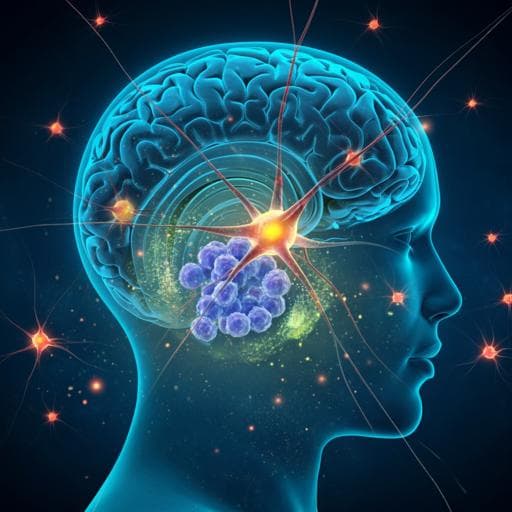
Medicine and Health
Regular exercise ameliorates high-fat diet-induced depressive-like behaviors by activating hippocampal neuronal autophagy and enhancing synaptic plasticity
J. Wu, H. Xu, et al.
This groundbreaking study reveals how exercise can counteract high-fat diet-induced depression in mice by activating neuronal autophagy and enhancing synaptic plasticity through the *Wnt5a* signaling pathway. Authored by Jialin Wu, Huachong Xu, Shiqi Wang, Huandi Weng, Zhihua Luo, Guosen Ou, Yaokang Chen, Lu Xu, Kwok-Fai So, Li Deng, Li Zhang, and Xiaoyin Chen, the findings illuminate new therapeutic potential for improving mental health.
~3 min • Beginner • English
Related Publications
Explore these studies to deepen your understanding of the subject.







